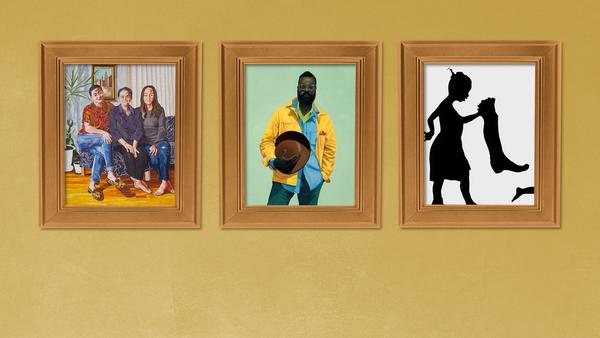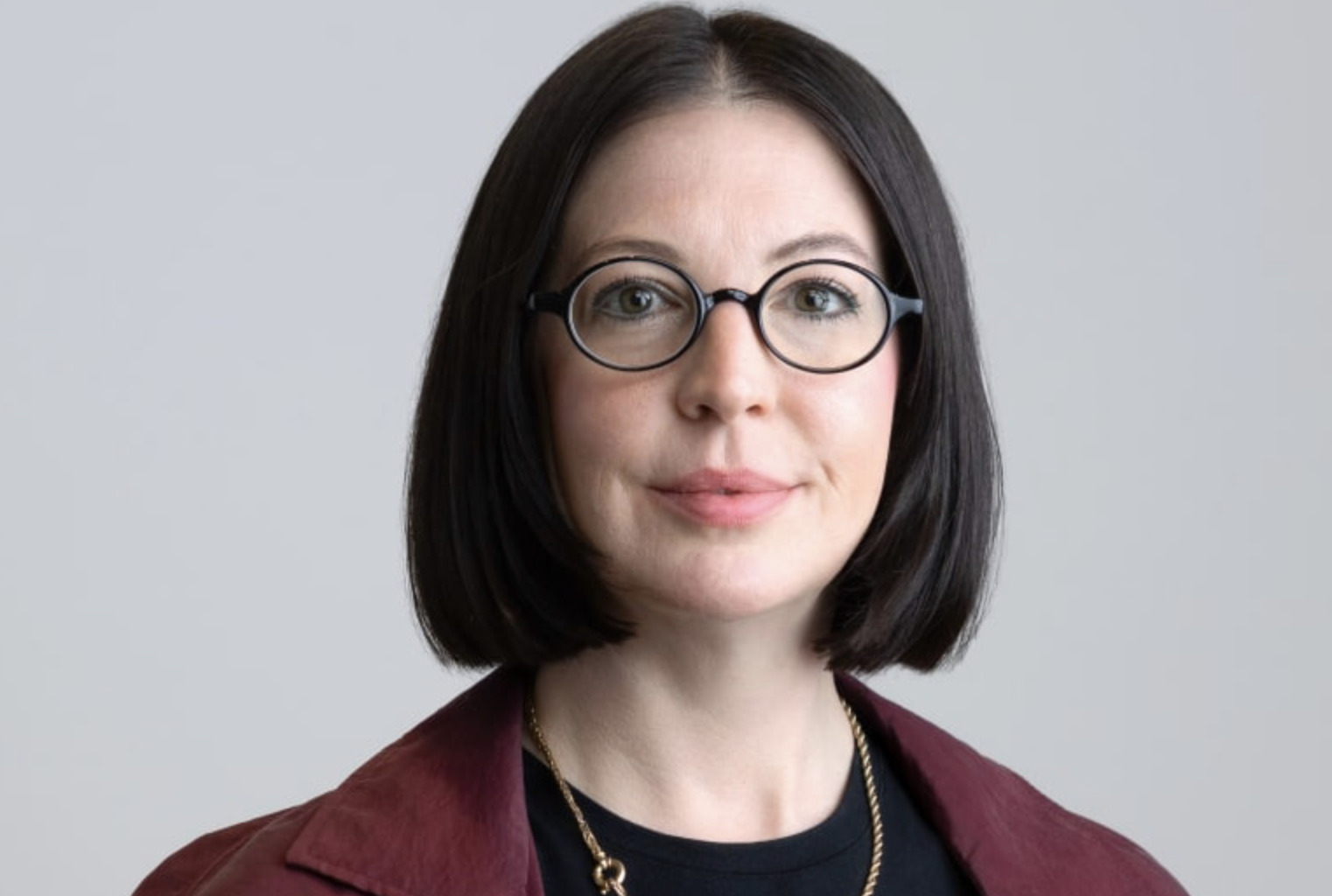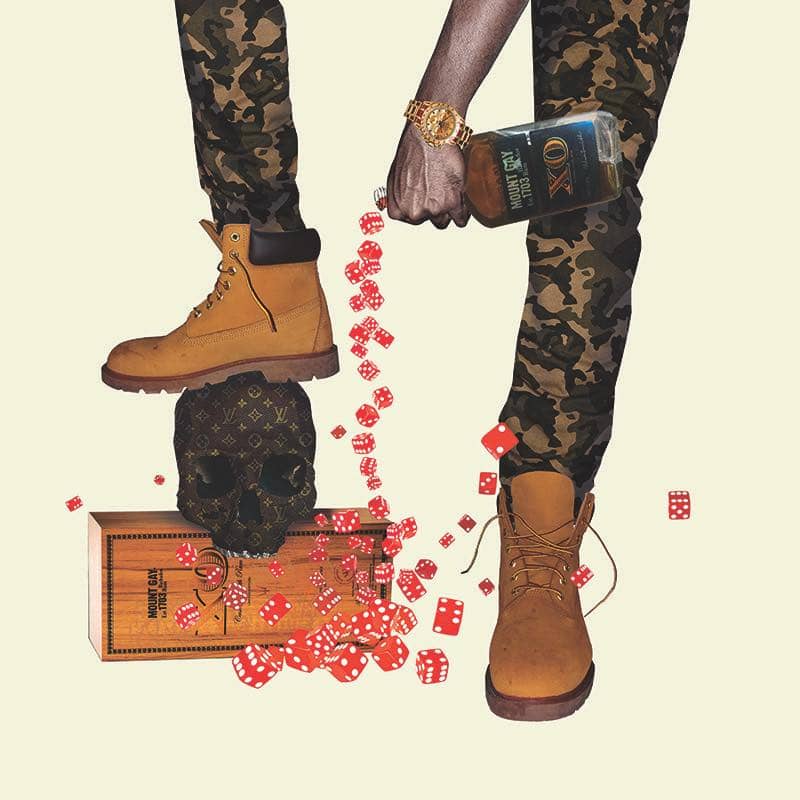This week in Black art and culture, we cover Rihanna’s high-end fashion line. Her line, Fenty, with LVMH Moët Hennessy Louis Vuitton was paused, while her other clothing and cosmetic projects were elevated and amply funded in the same week. Black Art: In the Absence of Light premiered Tuesday night to raving reviews and applause. A new festival, both virtual and in-person, highlights the plights and accomplishments of Black people.
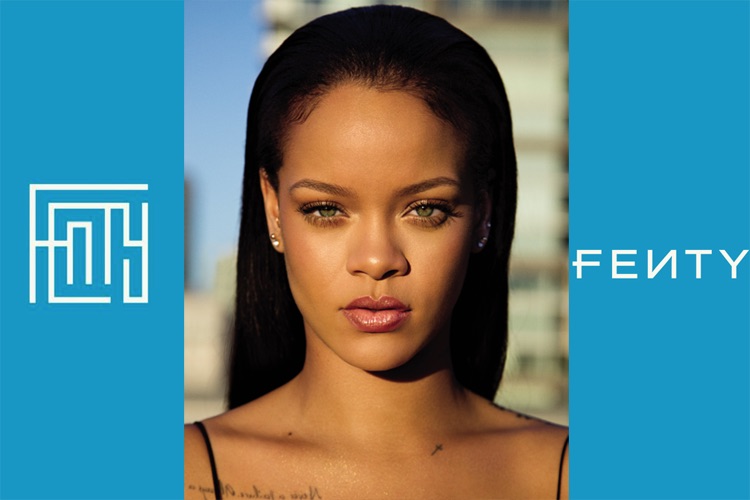
Rihanna: Despite Setback, Still Going Strong in the World of Fashion
Luxury conglomerate LVMH and Rihanna are pausing the luxury brand, Fenty. The high-end designer line was released in 2019. It was the first premium brand that the group introduced from the ground up. Fenty’s premature demise is primarily due to the pandemic and the difficulties that occur when a brand operates remotely. Originally, Rihanna intended to be more hands-on, directly matching swatches and feeling fabric for each drop, but with the latest quarantine, she was forced to function remotely to her dismay.
Along with being forced to pursue alternative ways of reviewing and picking posts, the higher-priced products did not draw fans’ attention, leading to the brand struggling with sales. In more positive news, LVMH has shifted away from Fenty’s high fashion collections, but they haven’t ended their relationship with RiRi. Shifting their focus to Robyn Rihanna Fenty’s other successful brands—Fenty Beauty, Savage x Fenty and Fenty Skin, equity corporation L. Catterson specifically has invested over $100 million into Savage X Fenty, followed by Marcy Venture Partners and Sunley House Capital.
Rihanna’s lingerie brand, launched in 2018 with the California-based TechStyle Fashion Collective, reported revenue growth of more than 200 percent just last year. With its bras from 30A to 42H and undergarments and sleepwear from XS to 3X, the company is known for affordability and convenience, something that the “Navy” (Rihanna’s fanbase) and the general public have flocked to, and has brought great traction to her site, along with many Instagram sponsorships and two fashion shows, which have premiered on Amazon Prime. Rihanna also has been applauded for the abundance of diversity and inclusiveness in her shows.
Black Art: In the Absence of Light
In mid-January, we covered the late David Driskell and how in February, some 60 of his works would go on view in his first posthumous survey at Atlanta’s High Museum of Art, as well as a documentary, Black Art: In the Absence of Light, whose core subject matter would revolve around his 1976 exhibit, Two Generations of Black American Art, which shed a light on African Americans’ contributions to the art world, that would premiere on Feb. 9. The highly acclaimed exhibit included some 200 works dating all the way back to the 18th century, and was the first-of-its-kind expansive survey for African American artists.
In 1976, most of the exhibition’s featured artists were relatively unknown, and the exhibit gave them exposure on a national, and eventually, global stage. The art show traveled to major cities around the country and was so well received that it has become a major topic some 44 years later.
Black Art: In the Absence of Light is directed by Sam Pollard, who has an exemplary CV of projects and awards. To highlight just some of his many achievements: as an editor, Pollard worked on films such as Mo’ Better Blues, 4 Little Girls and Bamboozled with Spike Lee. He directed TV episodes of Eyes on the Prize, and documentaries Two Trains Runnin’ and more recently, MLK/FBI, for which he won best documentary at the 2020 San Diego International Film Festival.
In the Absence of Light honors the greatness of Black artists of our time in all age groups, including Theaster Gates, Kerry James Marshall, Faith Ringgold, Amy Sherald, Carrie Mae Weems, Jordan Casteel and Kara Walker. A wide range of Black contemporary artists including those living, not even born and those not featured in the survey spoke on its impact both historically, politically and personally.
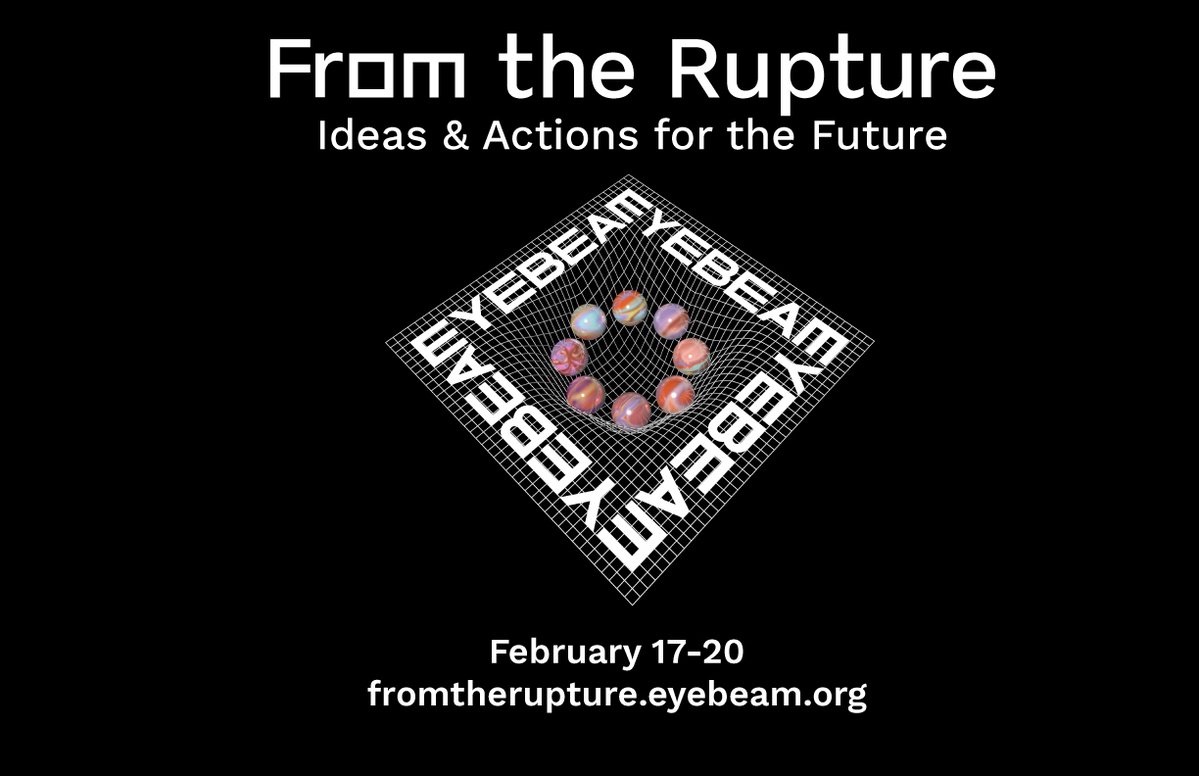
Eyebeam’s Inaugural Digital Fellowship
In celebration of its inaugural digital fellowship, “Rapid Response for a Better Digital Future,” Eyebeam announced an online and offline arts and ideas festival, titled “From the Rupture,” to be held from Feb. 17-20. Some eight new collaborations from the Eyebeam Rapid Response Cohort, created during the global pandemic, deliver a hopeful insight into what our digital future could look like with leading artists.
The Eyebeam Festival will include performances coordinated by Quick Response’s Valencia James titled, Volumetric Performance Toolbox, featuring James and other movement artists at the street windows of the Abron Arts Center in New York City on Feb. 19 with a recording screened Feb. 20-21.
It also will take place throughout predominantly Black neighborhoods in New York City to lift the visibility of the Newsome’s Being 1.5, an app being utilized as a free, mental health resource for the Black community.
The program, to create a collective discussion of the presented concepts and show their possibility for greater effect, is to include an environment of progressive practitioners from all fields, including journalism, healthcare, public policy and more. Talks start at 2:00 p.m. EST each day, followed by presentations of proposals at 4:30 p.m. EST, and ending at 6:00 p.m.
“This is a celebration, a call to action, and everybody is welcome,” said Eyebeam Director Roderick Schrock in his official announcement. “As we release the artist’s answers to the current issues, we are brazenly dreaming new ways of political commitment that place power in people’s hands.” This free, public-focused festival will be held on a personalized site developed by Trust Berlin as a destination and center for festivals and offers a genuinely dynamic link to the program and its participants.
Eyebeam RR is financed generously with transformative gifts. Here is the full list of speakers and Rapid Response artists: Amelia Winger Bearskin, Aza Raskin, Chancey Fleet, Cydney Brown (BEAM), Dorothy Santos, Elaine Díaz, Joan Greenbaum, Julie Ricard, Juno Mac, LaJuné McMillian, Kara Gilmour, Kimberly Springer, Laura Raicovich, Lauren Ruffin, Laurie Jo Reynolds, Legacy Russell, Miguel A. López, Mutale Nkonde, Nash Sheard, Nisa Mackie, Paige Mulhern, Salome Asega, Sasha Costanza-Chock, Shawné Michaelain Holloway, Rashaad Newsome, Timothy Morton and Vincent Southerland.
During the four-day festival, Eyebeam will unveil the eight ambitious projects designed and launched by Phase 2 Rapid Response fellows, including Aladin Borioli (Apian), Dillon Sung in Collaboration with the Stop LAPD Spying Coalition, Juan Pablo García Sossa (JPGS), Solar Protocol (Tega Brain, Alex Nathanson, and Benedetta Piantella), Valencia James (Volumetric Performance Toolbox), Veil Machine in collaboration with Kink Out (Empress Wu, Niko Flux, and Sybil Fury) and Xin Xin.
By Sumaiyah E. Wade







